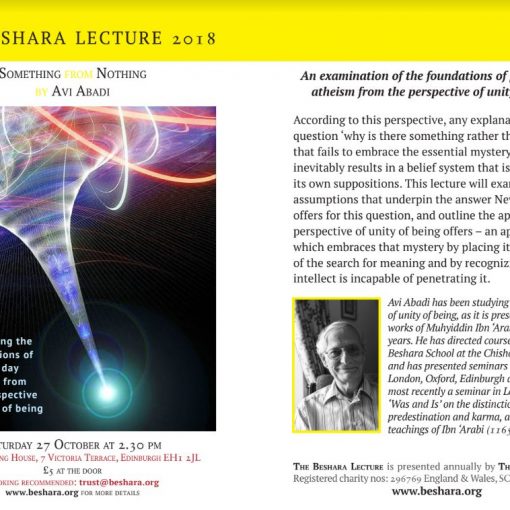Wicca emerged in the mid 20th century as an esoteric anomaly that was thought to be a surviving remnant of an ancient religion. In fifty years it grew to become Britain’s largest new religious movement, with a significant following across the globe. This paper charts the development of Wicca. It discusses how its mythos changed as it grew, how it spread, and how its adherents changed, and continue to change, their religious traditions within the overall parameters of Modern Pagan Witchcraft. It discusses how contemporary Pagan Witches no longer hark to an imagined past for inspiration, but see themselves as embracing the choice of a religion that is congruent with concerns of late modernity, and offers an inviting vision for the future. The paper concludes by examining factors which caused the rapid growth of Wicca, and discussing whether these will continue to help the religion grow, or may naturally curb further expansion.
Dr Melissa Harrington is a visiting senior lecturer in the department of Health and Wellbeing at the University of Cumbria, where she teaches research methods and cognitive theory. Her research has focussed on esoteric religiosity, especially within Paganism, and she is interested in contemporary religion and its expression within the zeitgeist of late modernity



